Home>Ideas and Tips>DIY Guide To Installing A Kitchen Tile Backsplash With Herringbone Pattern
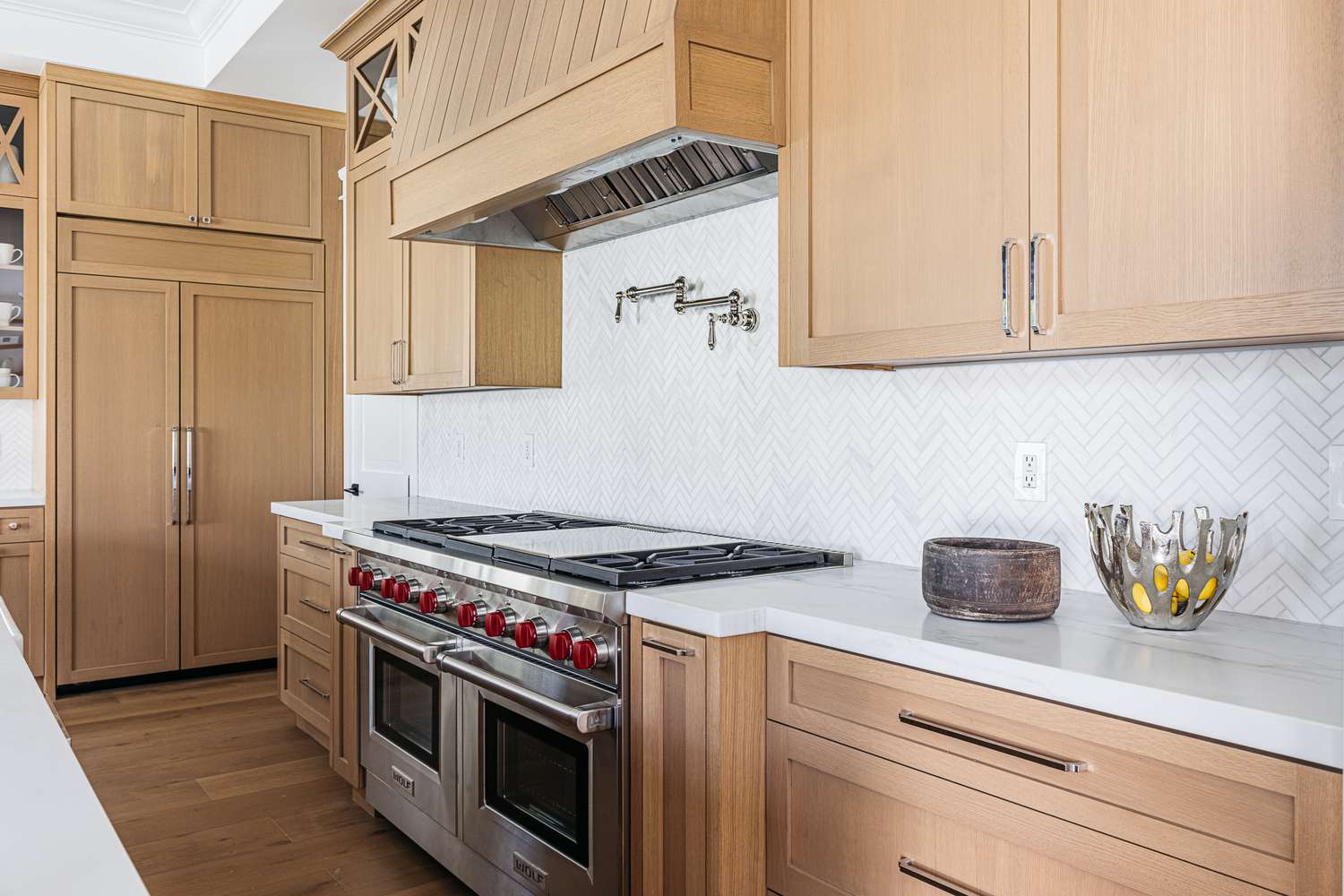

Ideas and Tips
DIY Guide To Installing A Kitchen Tile Backsplash With Herringbone Pattern
Modified: October 18, 2024
Learn how to install a stunning herringbone tile backsplash in your kitchen with our step-by-step DIY guide. Perfect for enhancing style and functionality!
(Many of the links in this article redirect to a specific reviewed product. Your purchase of these products through affiliate links helps to generate commission for Storables.com, at no extra cost. Learn more)
Installing a herringbone tile backsplash in your kitchen can be a rewarding DIY project that adds both aesthetic appeal and functionality to your space. The herringbone pattern is particularly popular for its dynamic and versatile design, which can make a room appear larger. In this article, we will guide you through the step-by-step process of installing a herringbone tile backsplash, covering everything from preparation to completion.
Step 1: Planning and Preparation
Before you begin your project, it's essential to plan and prepare thoroughly. Here are some key steps to consider:
1.1. Choose Your Tiles
Select the best herringbone tiles for your home. Classic white tile backsplashes are timeless and versatile, while iridescent marble tiles can add a touch of elegance and shimmer to your kitchen. Consider the color of the grout as well; changing the grout color can completely transform the look of your backsplash.
1.2. Measure Your Wall
Measure the length and width of your wall to determine the approximate square feet of tiles you’ll need. As a general rule of thumb, always purchase 10% more tiles than you need to complete your backsplash. This extra material will come in handy for any cuts or adjustments you might need to make during installation.
1.3. Gather Your Supplies
Make sure you have all the necessary supplies before starting your project. These include:
- Trowel: For applying mortar or adhesive.
- Tile cutter or tile saw: For cutting tiles at precise angles.
- Mortar or adhesive: For securing the tiles to the wall.
- Combined square: For marking perfect 45-degree angles.
- Pencil and pen: For marking tile positions.
- Tile spacers (T-shaped and wedge spacers): For maintaining even spacing between tiles.
- Grout float: For applying grout between tiles.
- Tape measure: For measuring and marking tile positions.
- Plastic sheets and tape: For protecting your workspace from dust and debris.
Step 2: Laying Out the Tiles
Laying out the tiles is a crucial step in ensuring that your herringbone pattern is symmetrical and aesthetically pleasing. Here’s how to do it:
2.1. Find the Center Point
To create a symmetrical herringbone pattern, you need to find the center point of your wall. Measure the length using a tape measure and tie a string running vertically at the halfway point. Do the same for the width, tying a string that runs horizontally. Where these two strings meet is your intersection point.
Alternatively, you can start on one corner of the wall and tile your way toward the window. Regardless of your method, you will still need to mark this center point accurately.
2.2. Lay the First Tile
The first tile sets the pattern for all subsequent tiles. Apply mortar or adhesive to the back of the tile using a trowel. Place a combination square at the center point and obtain a 45-degree angle line. Position the tile so that one of its corners touches this line.
If possible, lay the tiles on the floor first to visualize how they will fit together in the herringbone pattern. This mock layout will help you understand how each tile will slide into place.
2.3. Lay Additional Tiles
Continue laying tiles in the herringbone pattern by placing each adjacent tile at a 90-degree angle to the previous one. Use tape to hold them in place temporarily until you have laid about five tiles.
Work your way upwards and outwards from the center tile, ensuring that each row is completed before moving on to the next one. Use tile spacers to maintain even spacing for grouting later.
Step 3: Cutting Tiles
Cutting tiles is an essential part of creating a seamless herringbone pattern. Here’s how to do it:
3.1. Use a Tile Cutter or Saw
For most cuts, you can use a tile cutter or saw. If you need precise angle cuts, use a miter guide on your tile saw to slide the tile through the blade at specific degrees—usually 45 degrees for herringbone patterns.
3.2. Mark Tile Cuts
Mark where you need to cut each tile using a pencil and pen. Ensure that these marks are accurate and aligned with your herringbone design.
3.3. Cut Tiles Carefully
Cut each tile carefully according to your marks, taking care not to damage any surrounding tiles during the process.
Step 4: Applying Mortar or Adhesive
Applying mortar or adhesive is crucial for securing your tiles firmly onto the wall:
Read more: DIY Guide To Installing A Kitchen Tile Backsplash With Photocatalytic Self-Cleaning Tiles
4.1. Apply Mortar/Adhesive
Use a trowel to apply mortar or adhesive directly onto the back of each tile before placing it on the wall. Ensure that you do not apply too much adhesive at once as it dries quickly.
4.2. Spread Evenly
Spread an even layer of mortar/adhesive across each tile using your trowel, making sure there are no air pockets that could weaken the bond between tile and wall.
Step 5: Grouting
Grouting is an important step in completing your herringbone backsplash:
5.1. Choose Your Grout Color
Select a grout color that complements your tile choice and enhances its aesthetic appeal. Dark grout can create contrast while white grout can hide imperfections.
5.2. Apply Grout
Using a grout float, apply grout between each tile while pressing firmly into place to ensure even coverage.
5.3. Clean Excess Grout
Use a damp sponge or cloth to wipe away excess grout from the surface of your tiles before it dries completely.
5.4. Allow Grout to Dry
Let the grout dry completely according to manufacturer instructions before sealing it if necessary.
Step 6: Sealing (Optional)
Sealing your grout can provide additional protection against stains and moisture:
6.1. Apply Sealer
If desired, apply a grout sealer according to manufacturer instructions after the grout has fully dried.
Step 7: Final Touches
Once your grout has dried and sealed (if applicable), you can complete any final touches:
7.1. Remove Tape
Remove any tape used during installation from around your tiles.
7.2. Caulk Countertops
Apply waterproof caulk around countertops where they meet your new backsplash for a seamless finish.
7.3. Touch Up Paint
If necessary, touch up any paint around your new backsplash where it may have gotten damaged during installation.
Conclusion
Installing a herringbone tile backsplash is a rewarding DIY project that requires careful planning and execution but yields beautiful results. By following these steps—choosing your tiles, laying them out symmetrically, cutting them accurately, applying mortar/adhesive evenly, grouting carefully, sealing optionally—you can create an aesthetically pleasing kitchen backsplash that enhances both functionality and style in your home.
Remember always to work safely with protective gear like gloves and goggles when handling sharp tools or chemicals involved in tiling projects like these With patience and practice, you'll be able to achieve professional-looking results without breaking the bank or hiring professionals—making it an ideal project for any homeowner looking to upgrade their space with unique designs like herringbone patterns
Was this page helpful?
At Storables.com, we guarantee accurate and reliable information. Our content, validated by Expert Board Contributors, is crafted following stringent Editorial Policies. We're committed to providing you with well-researched, expert-backed insights for all your informational needs.
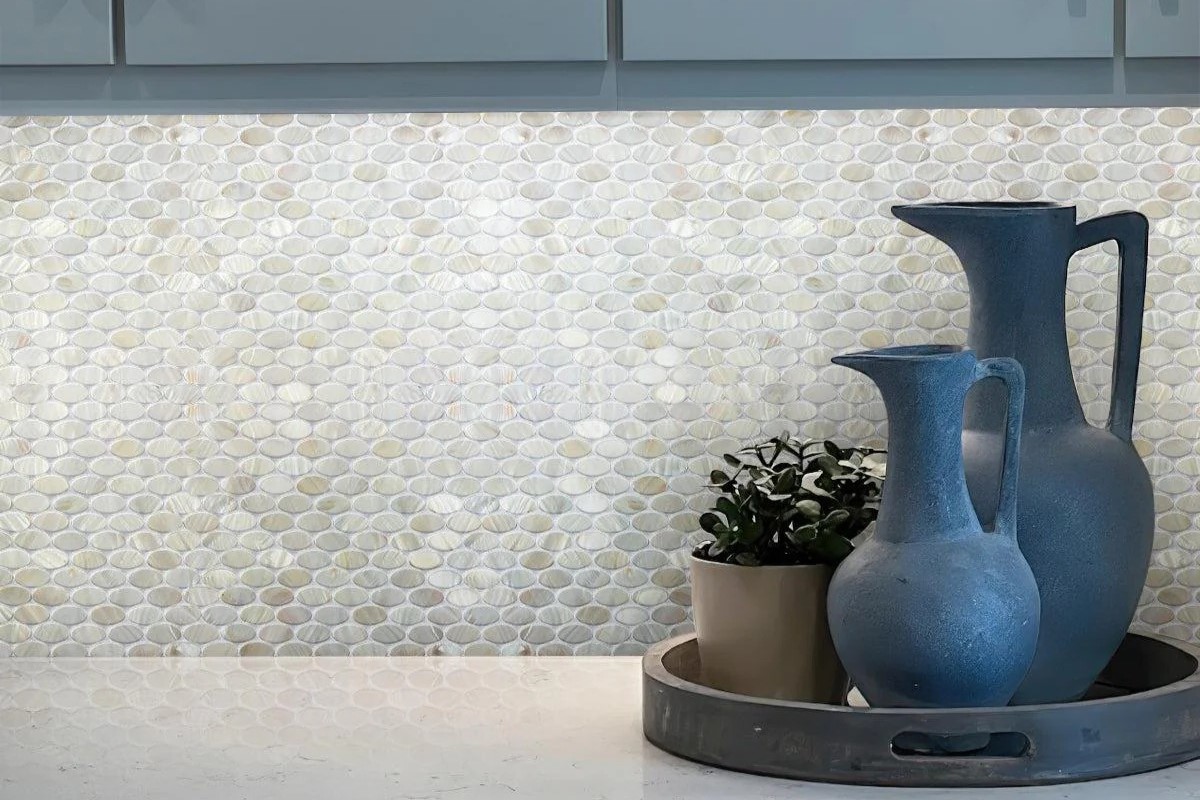
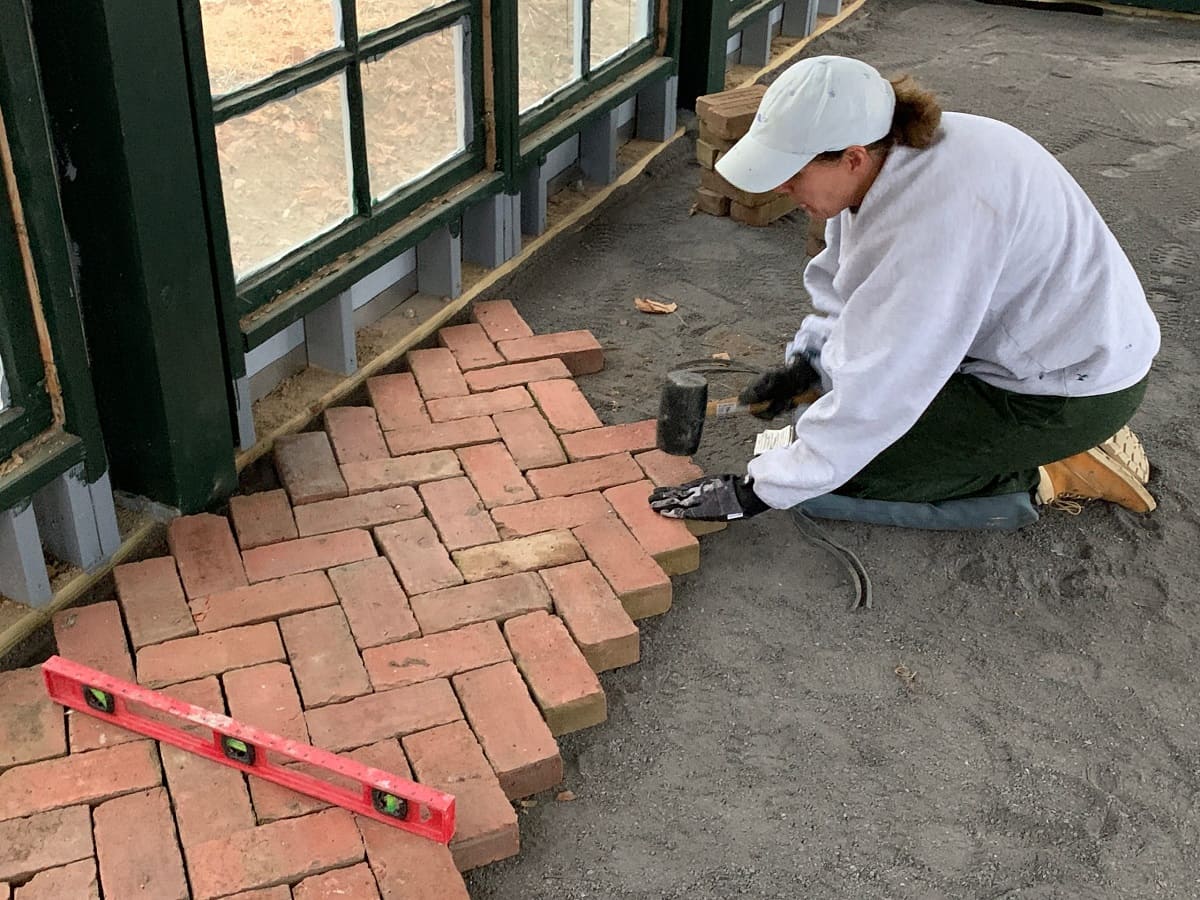
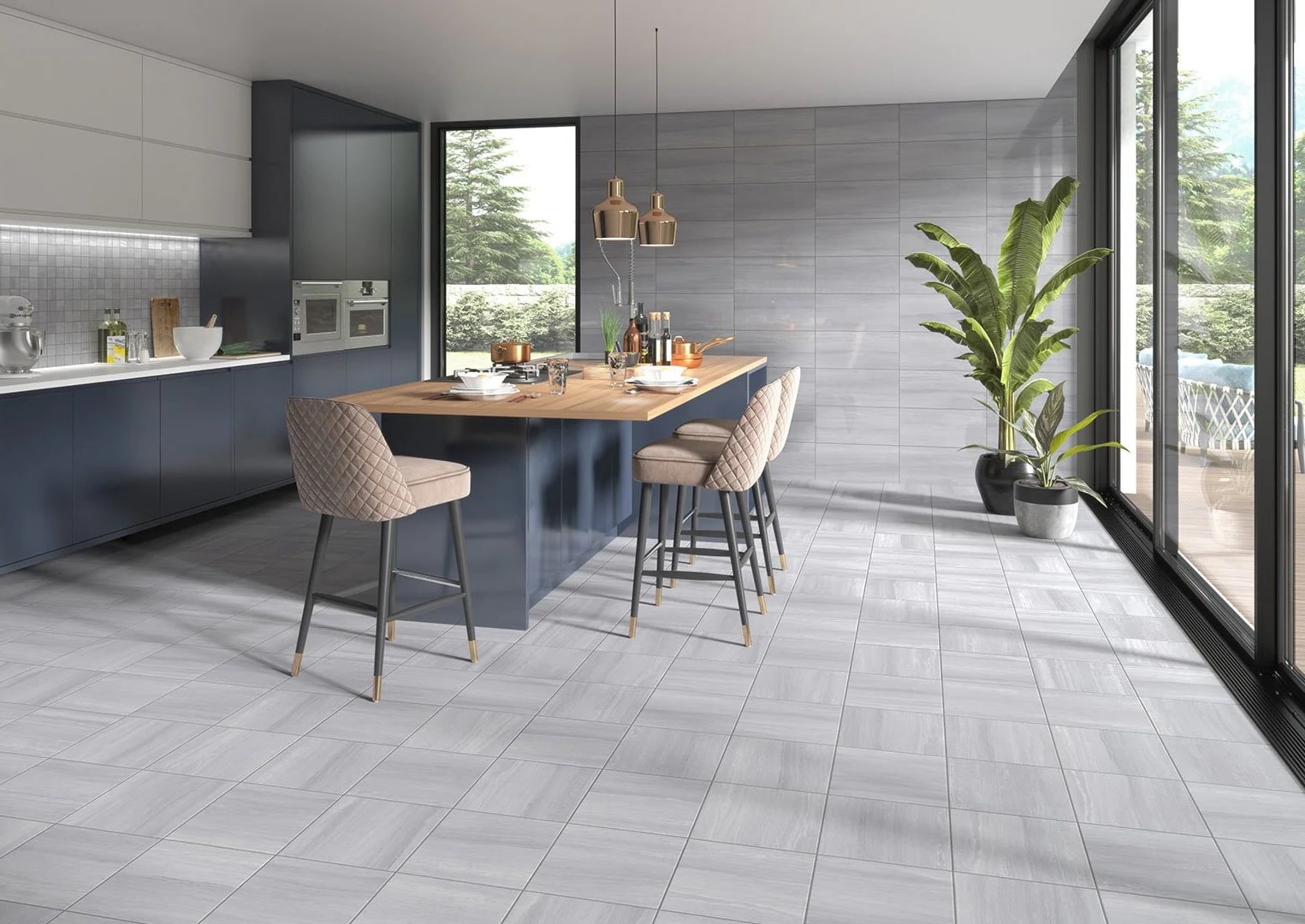
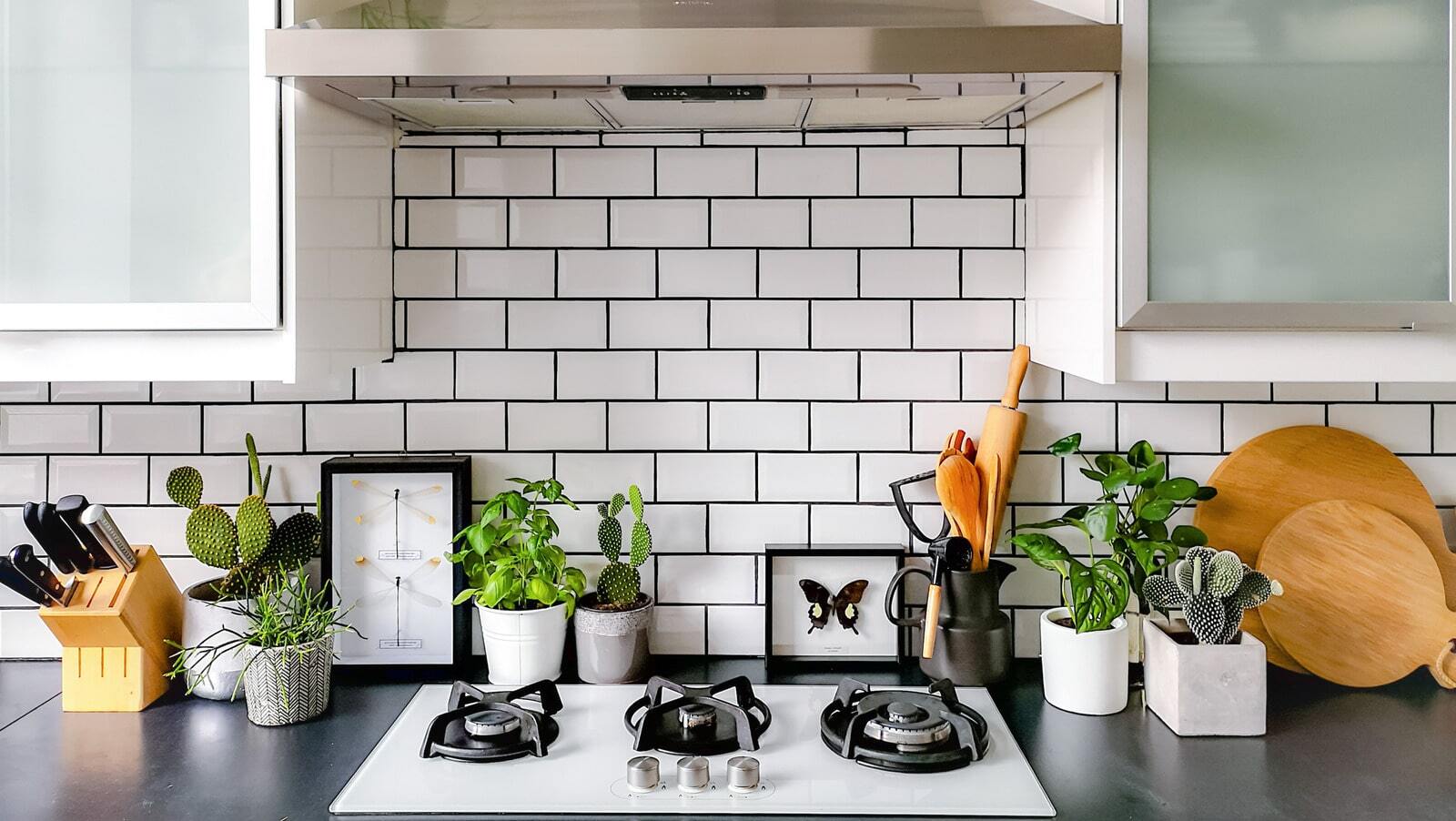

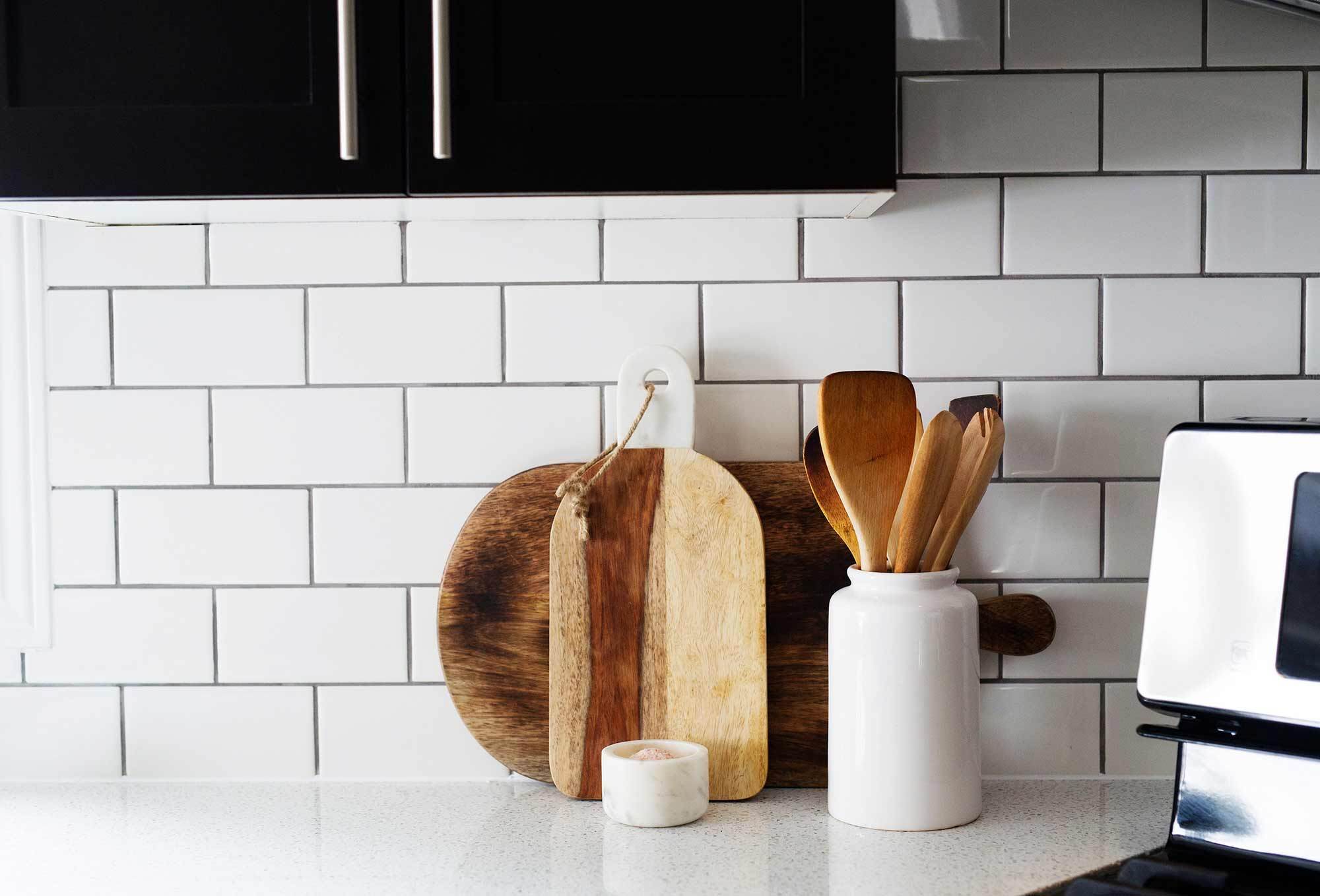
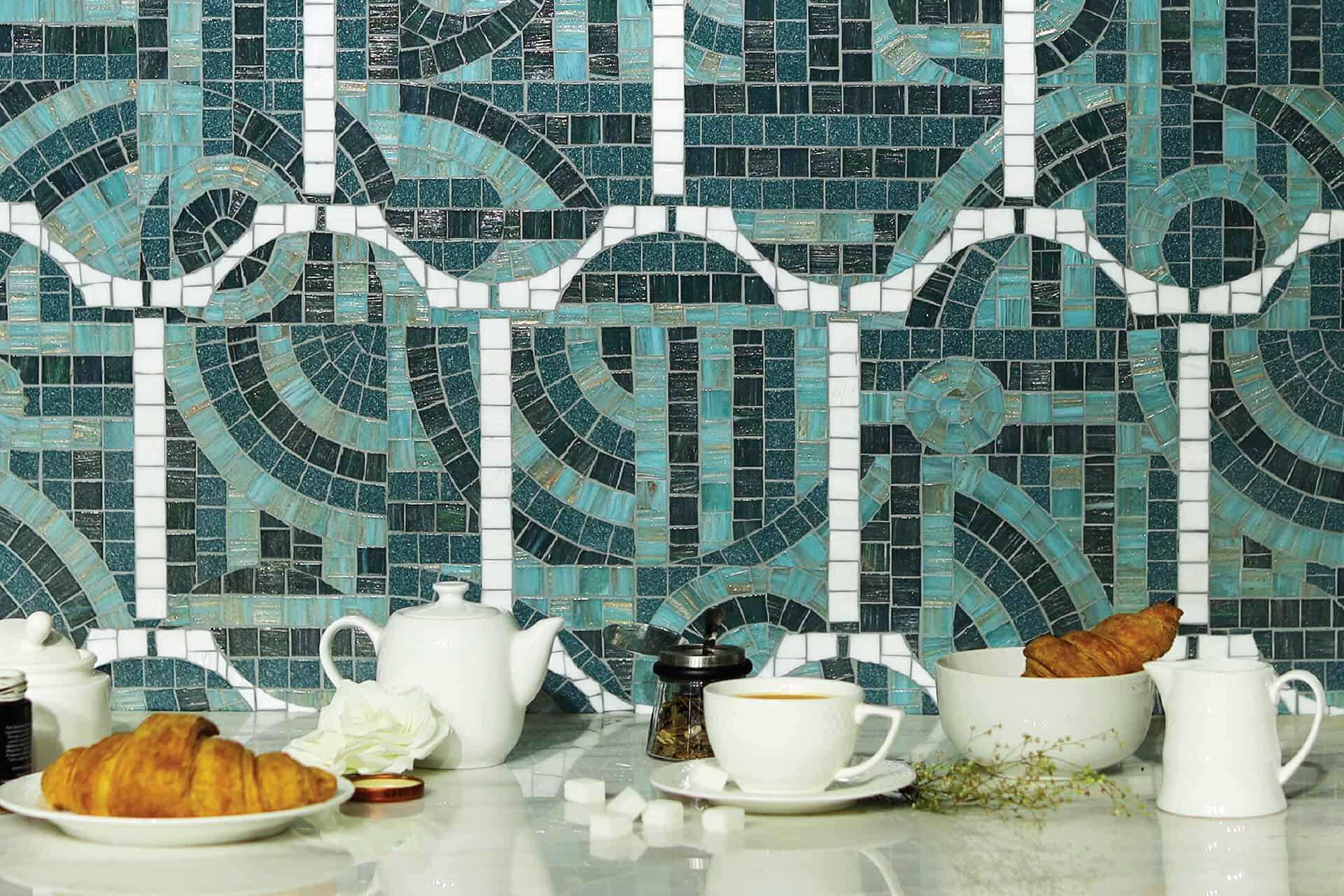
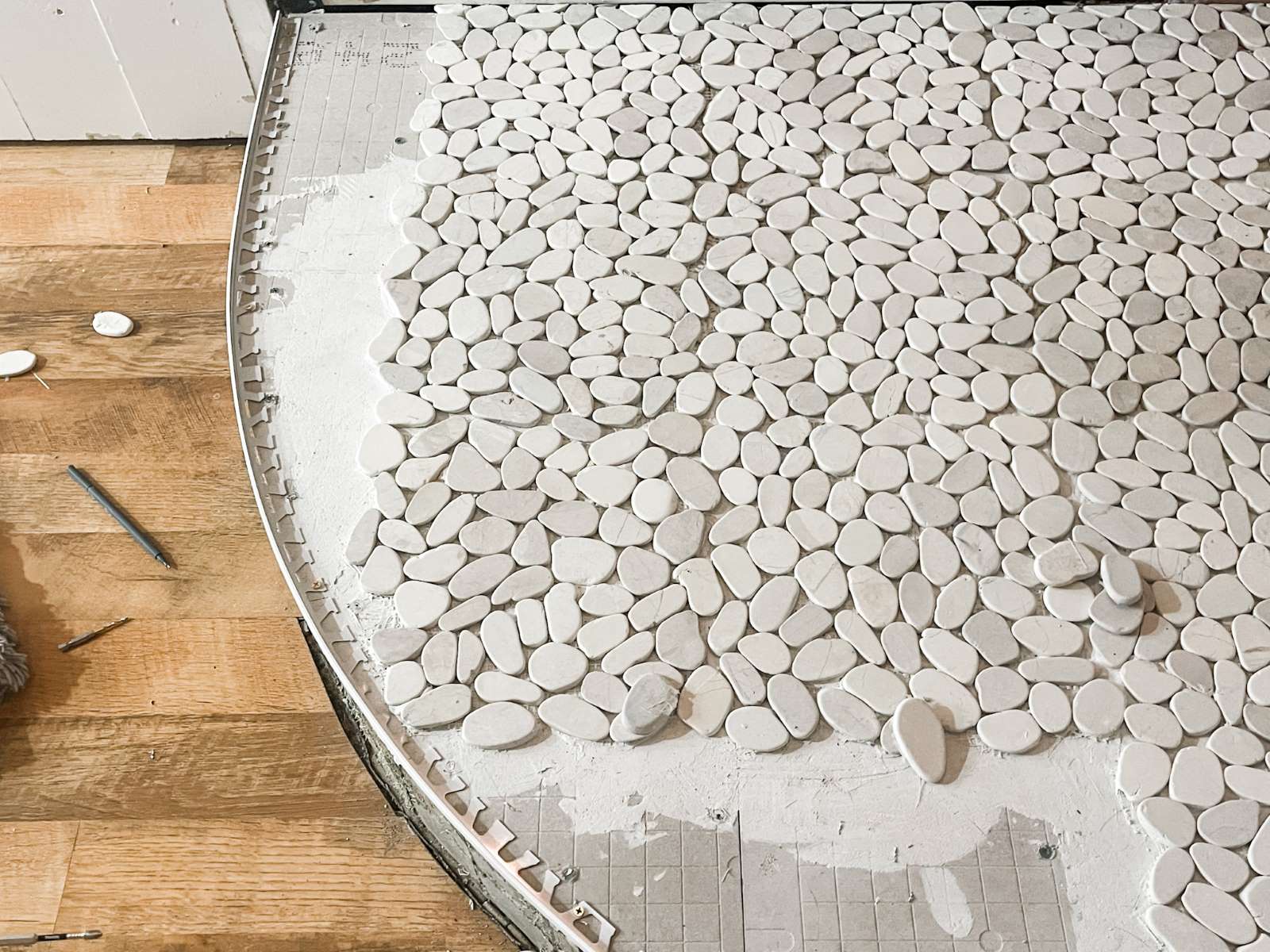


0 thoughts on “DIY Guide To Installing A Kitchen Tile Backsplash With Herringbone Pattern”